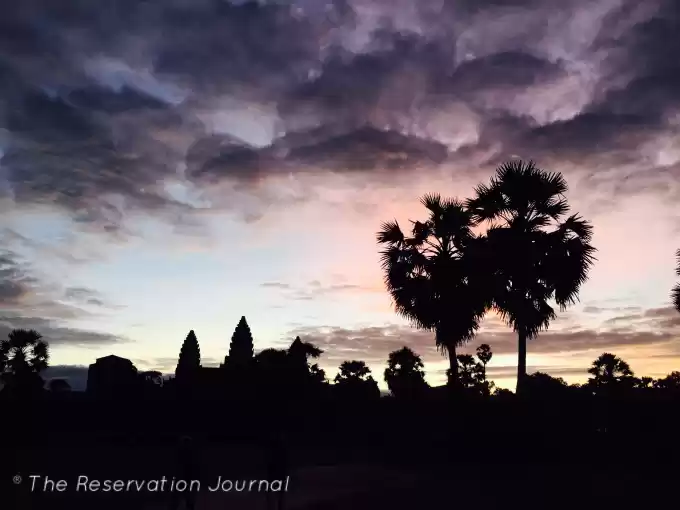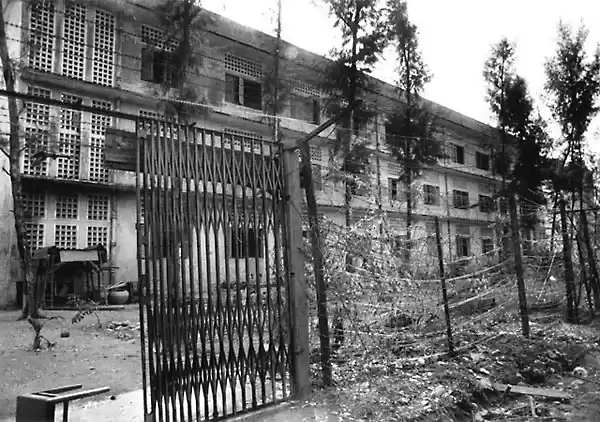





Popularly known as "the Tomb Raider temple", Ta prohm can seriously bring out the Lara Croft in you. It Iis raw, it is mysterious and it is wild. The jungle has reclaimed parts of Ta Prohm temple, which makes it a fun one to explore. The temple of Ta Prohm was neglected and swallowed by the jungle of Cambodia for almost four centuries. Today, it looks very much in the same state as when the French explorers stumbled upon it more than a century ago. The conservation and restoration of Ta Prohm is a partnership project of the Archaeological Survey of India.
When I visited a section of the temple was closed. It turns out that preservation-as-ruins was not working out so well for the site as the giant Banyan trees were making the temple perhaps a bit too ruinous and atmospheric. It seems like the idea of Temple Run the game could have been derived from here.







The temple was established by the Khmer King Jayavarman VII in 1189. Unlike most temples at Angkor, Ta Prohm keeps its features like its initial construction. Once the capital of the Khmer empire was destroyed by Siamese and Khmer kings left to Phnom Penh in the 15th century, the temple had been forgotten and covered by the jungle until it was rediscovered in 1860 by Herri Mouhot. An excerpt from his published journal breathlessly noted:
"There are ... ruins of such grandeur ... that, at the first view, one is filled with profound admiration, and cannot but ask what has become of this powerful race, so civilized, so enlightened, the authors of these gigantic works?"








Over years, under the impacts of wars and nature, it is getting old and ruinous covered with green moss. The temple is full of old tall big trees whose roots penetrate buildings creating a mysterious space in the temple.
The best time to visit the Ta Prohm is early in the morning or late afternoon to avoid tour bus crowds and for better lighting for photography. To dodge the crowd, it is also a good to visit around lunchtime, when visitors normally return to their hotels to avoid the heat; however, the canopy of trees at Ta Prohm will provide you shades from the strong ray of the sun. If you visit Ta Prohm without a guide and you cannot locate some of the dramatic trees that we photographed (you have to go through labyrinth of galleries to find some of them), ask one of the friendly temple guards where the "big big trees" are and they will be happy to direct you. Ta Prohm is located about 3 kms directly east of Angkor Thom, 3.4 kms northeast of Angkor Wat and 8.7 kms north of Siem Reap. An Angkor Pass is required for entry to Ta Prohm

























